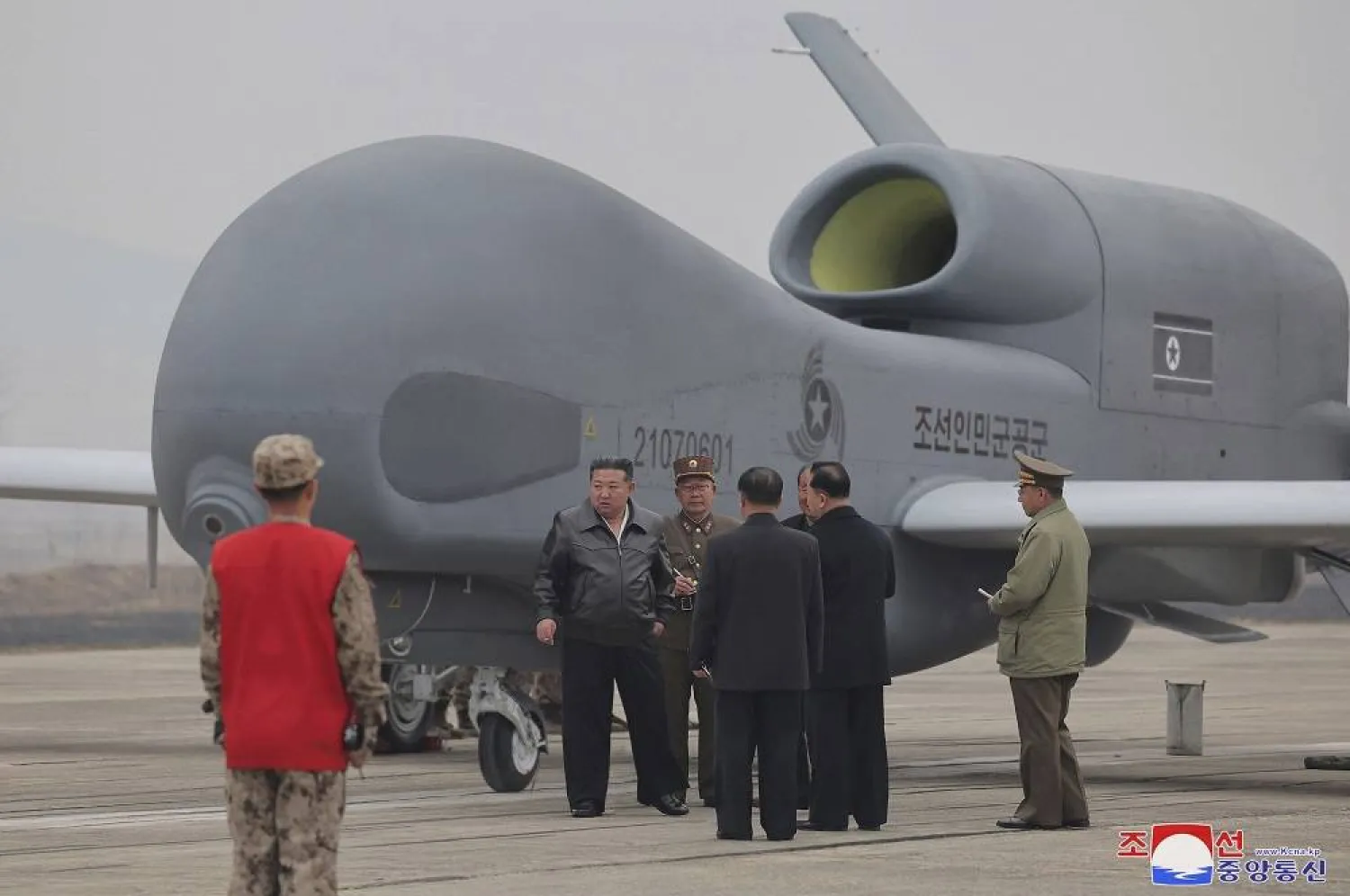North Korea's new class of warship can accommodate dozens of vertical launch cells to carry missiles its military has already developed, analysis of a satellite image showed, a step that would give its navy more punch and create an export opportunity.
Little is known about the unnamed class of ships being built in the Chongjin and Nampo shipyards. In December, South Korea's military said they would displace about 4,000 tons, somewhat less than half the size of a US Arleigh Burke-class destroyer.
Images captured of the ship in Nampo in the last week of March, however, show cavities on its deck large enough to hold more than 50 missiles, depending on their type, said researcher Jeffrey Lewis.
"They're pretty big cavities," said Lewis, director of the East Asia Nonproliferation Program at the James Martin Center for Nonproliferation Studies at the Middlebury Institute of International Studies in California.
"I would think 32 (missiles) in front and a few fewer in the back would be a very reasonable number. Or it could be a much smaller number of ballistic missiles."
Vertical launch systems (VLS) allow ships to carry more missiles, and make launching and reloading easier.
Lewis said North Korea had developed several different types of missile that would be compatible with VLS cells, which Pyongyang had not fielded on any previous surface ship.
Such types include anti-ship cruise missiles, land attack cruise missiles, air defense missiles and submarine-launched ballistic missiles, he added.
The new ships' armament seemed to hew close to South Korean navy standards, said Euan Graham, a senior analyst at the Australian Strategic Policy Institute.
"I think we have to take conventional enhancements seriously, because North Korea has limited resources and has invested in nuclear weapons to close the deterrence gap with the Republic of Korea and United States," he added.
"So it must fit within their concept of operations, even if the concept appears odd to us."
North Korean state media released first photos of the ship in December, when leader Kim Jong Un conducted an inspection.
He later made several more visits to the shipyards, where the country said as recently as early March it was also building its first nuclear-powered submarine.
"Overwhelmingly powerful warships must serve as a strong nuclear deterrent against hostile forces' habitual 'gunboat diplomacy,'" state media reported Kim as saying.
South Korea's national defense ministry did not immediately respond to requests for comment.
Lewis said compatibility with a VLS would make the weapons even more attractive as exports for countries that are cut off from, or cannot afford, other arms suppliers.
"If you were interested in buying North Korean anti-ship missiles because they were cheap, it would be awfully nice if they came in a tested VLS system," he said.
"Quantity has a quality all its own. Those North Korean missiles might not be as good as their Russian counterparts, but they are much, much cheaper."
The new ships, although more advanced than others in the North Korean fleet, may not make much of a difference in conflict, said Collin Koh of the S. Rajaratnam School of International Studies in Singapore.
Their locations are well-known, they cannot operate far from North Korean shores and are decades behind the technology in South Korean and US warships.
But they show Pyongyang is serious about investments to improve its navy, he said.
"The North Korean navy is largely traditionally a coastal defense navy," he said. "So they are likely trying to reinvigorate the fleet."
Last year Kim stressed the importance of strengthening North Korea's navy. It recently finished fitting out its latest Sinpo-C ballistic missile submarine, according to 38 North, a Washington-based North Korea monitoring program.









